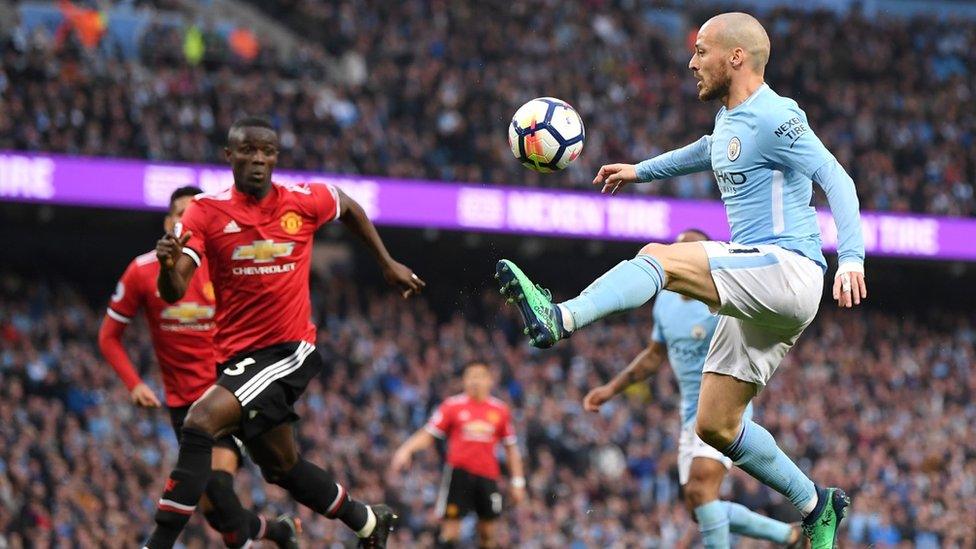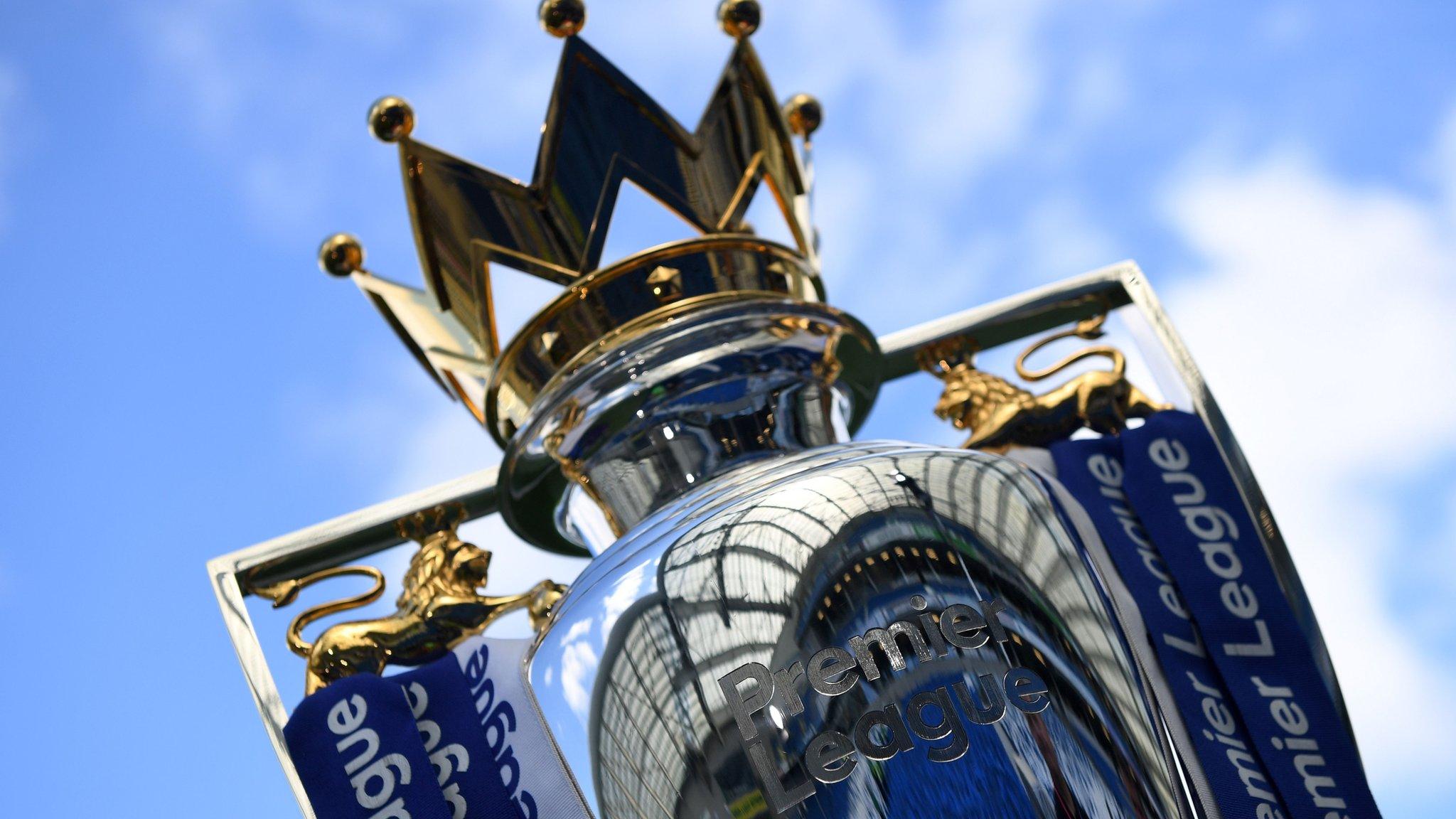Premier League club revenues soar to £4.5bn
- Published
- comments

Premier League clubs reported record revenues of £4.5bn in the 2016-17 season, and also returned to profit.
Clubs collectively reported £500m in pre-tax profit, also a record, having posted a small collective pre-tax loss in 2015-16, according to Deloitte.
Wage costs rose by 9% to £2.5bn, a significantly lower growth rate than the 25% hike in revenues.
The Premier League's three-year TV deal which came into effect in 2016-17 was the main factor in revenue growth.
A record £5.13bn was paid to the league by Sky and BT for the 2016-19 UK broadcast rights. But the latest domestic rights auction, for the 2019-22 cycle, did not reach those heights, bringing in £4.464bn for the league's 20 clubs.
"Despite the lack of growth in domestic broadcast deals announced to date, we still expect to see overall revenue growth in the coming seasons, and if this is complemented with prudent cost control, we expect that pre-tax profits will be achieved for the foreseeable future," said Dan Jones, head of Deloitte's Sports Business Group.
And he said that "restraint shown by clubs to control their wages has translated broadcast revenue success into healthy operating and pre-tax profits".

Premier League 2016-17 in numbers (2015-16 in brackets)
Revenues - £4.5bn (£3.6bn)
Wage costs - £2.5bn (£2.3bn)
Other operating costs - £1bn (£800m)
Pre-tax profit - £500m (£110m loss)
Operating profit - £1bn (£500m)
Net player trading costs - £400m (£400m)
Other costs - £100m (£200m)
All 20 clubs made an operating profit
18 clubs made a pre-tax profit
Source: Deloitte Analysis. Note: Figures subject to rounding

Mr Jones added: "Although we anticipate wage costs will continue to rise in the coming seasons, we do not foresee increases to be at a level which can jeopardise the profitability of the Premier League as a whole.
"The most significant wage increases have tended to occur in the year prior to the commencement of a new broadcast cycle once a substantial revenue increase is secured."
The collective revenue-to-wage ratio at Premier League clubs was down from 63% to 55% in the 2016-17 season, the lowest since the 1997-98 season.
The analysis reveals that Premier League clubs have collectively made a pre-tax profit in three out of the last four years.
- Attribution
- Published18 April 2018

- Attribution
- Published13 February 2018

- Published9 February 2018
